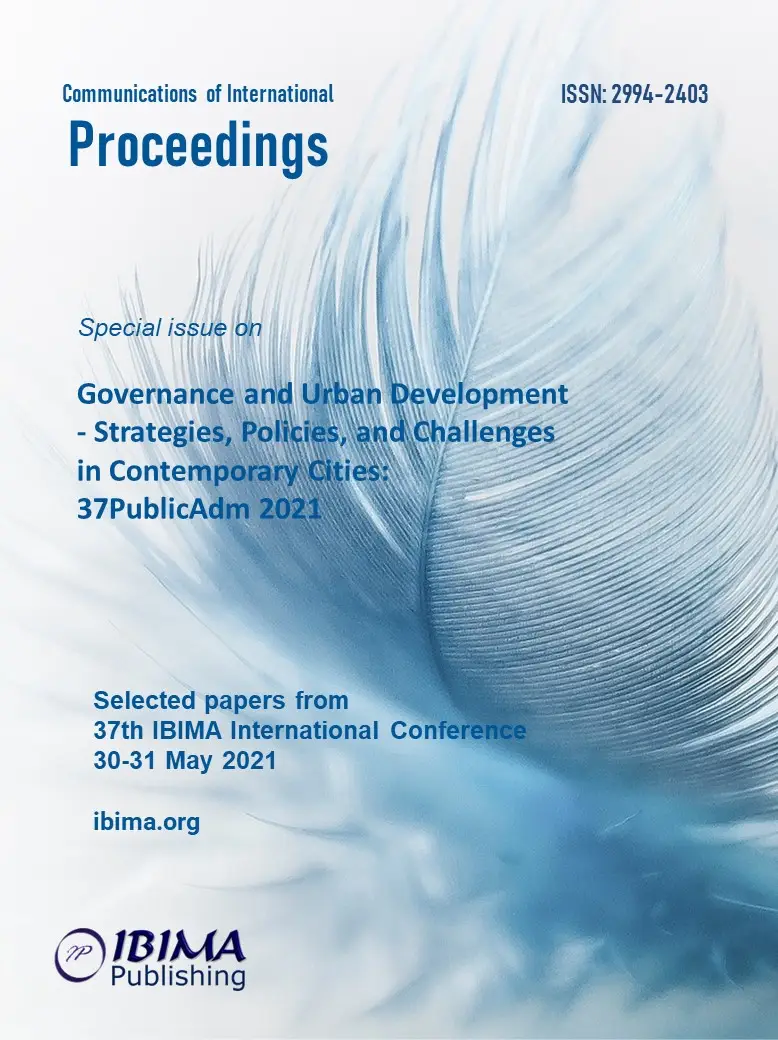
Natalia SYPION-DUTKOWSKA
University of Szczecin, Institute of Spatial Management and Socio-Economic Geography, Poland

Crime is largely concentrated in cities due to the presence of several facilitating factors such as the density of population, the myriad production activities, movement of goods and services, political power, and prosperity. The city breeds crime by creating favourable conditions, such as a high concentration of potential targets and victims and the fast-paced 24/7 lifestyle. The aim of this paper is to test the hypothesis that the degree of urbanisation has a significant impact on the crime rate on a local scale. The number of crimes reported to the police in 380 poviats (NTS 4) in Poland in the years 2015–19 was adopted as the measure of crime. Crimes were analysed according to the following types: total number of crimes; economic; road; against life and health; against property; and crimes against freedom, freedom of conscience and religion, and sexual freedom and decency.
An analysis of the correlation between the urbanisation rate and crime rates for six types of crimes was carried out. The original author’s indicator of urbanisation impact on crime (UIC) was formulated. With the use of GIS tools, an analysis of spatial differentiation of the impact of urbanisation on each type of crime was performed. Poviats were also grouped according to the value of this indicator. The level of urbanisation has a significant impact on crime rate on the local scale.